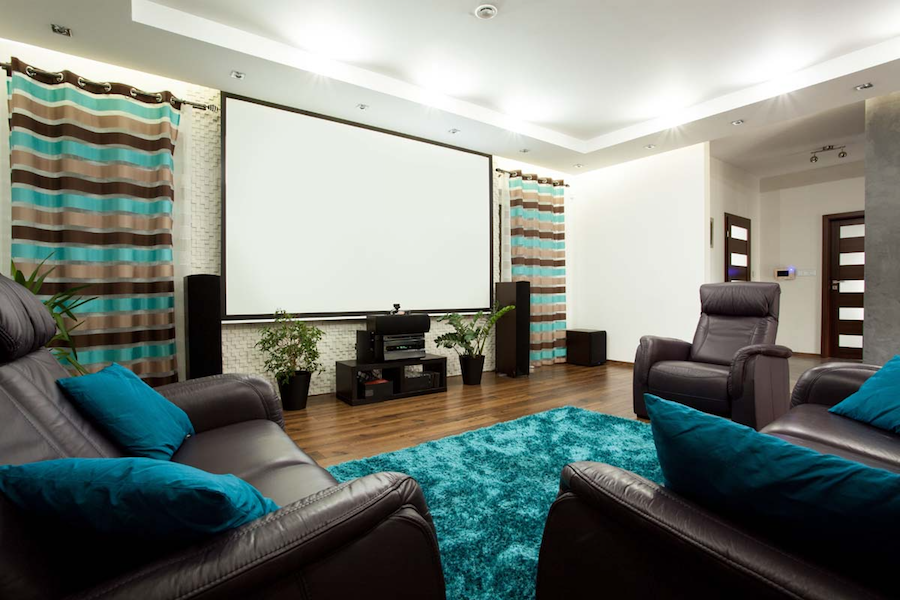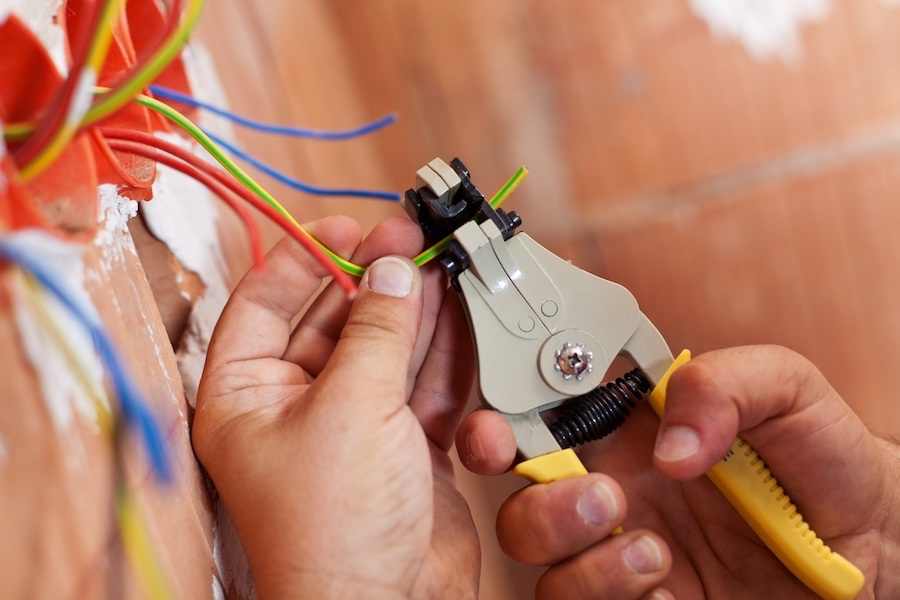What’s the easiest way to control your Savant smart home system? From one-touch commands to simple voice-activated controls, there are plenty of ways you can enjoy taking advantage of the technology in your home. In this blog, we’ll show you the many different benefits of finding the custom control solution that works for you. Read on to learn more!
See Also: 3 Reasons to Choose Savant for Smart Home Automation
Use the App
Have you ever sat down in your media room to watch the game only to realize that you couldn’t find the TV remote? It’s one of the most frustrating experiences you can have. So just imagine having to find the remotes for multiple devices, like your TV, surround sound system, shades, thermostat and lighting. That would be totally impossible! So why not centralize control on a device that hardly ever leaves your side – your smartphone.
By installing the Savant app on your smartphone or tablet, you’ll have immediate control over every aspect of your integrated technology system. With intuitive, easy-to-read buttons, you can lower the temperature, select a program and even check security footage within a matter of seconds, and you won’t even have to get up to do it.





